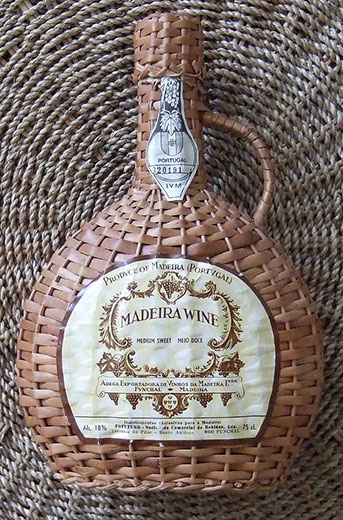The Food that Fueled the American Revolution
A steady supply of preserved meats and flavorless flour cakes played a vital role in American patriots defeating the British during the American Revolution
/https://tf-cmsv2-smithsonianmag-media.s3.amazonaws.com/filer/20110705095010valley-forge-cannons-470.jpg)
A lot of holidays have traditional foods that are symbolically, if not literally, related to the point of the celebration: eggs and spring vegetables for Easter evoke the idea of rebirth; Thanksgiving tables groaning with fall foods recall the harvest feast that spared the newly arrived Pilgrims from starvation. But Independence Day, the commemoration of the birth of the United States, has no equivalent dish. Maybe that’s because the foods that sustained the American patriots—mostly preserved meats and flavorless flour cakes—wouldn’t exactly make for great backyard BBQ fare.
As unappetizing as those foods may seem, though, the fact that the rebels had anything to eat at all was one of the key advantages that helped them defeat the British. As Tom Standage writes in An Edible History of Humanity, “In theory, the British should easily have been able to put down the rebellion among their American colonists. Britain was the greatest military and naval power of its day, presiding over a vast empire. In practice, however, supplying an army of tens of thousands of men operating some three thousand miles away posed enormous difficulties. … The British failure to provide adequate food supplies to its troops was not the only cause of its defeat, and of America’s subsequent independence. But it was a very significant one.”
The Americans had the advantages of being on familiar territory andencamp of the frequent support of local farmers as they traveled. According to Michael Lee Lanning’s The American Revolution 100: The People, Battles, and Events of the American Revolution, the American soldiers usually received most of their rations, at least in the early days of the war. These included:
1 lb. beef, or 3/4 lb. pork, or 1 lb. salt fish, per day; 1 lb. bread or flour, per day; 3 pints of peas or beans per week, or vegetable equivalent; 1 half pint of rice, one pint of Indian meal, per man, per week; 1 quart of spruce beer or cider per man per day, or nine gallons of molasses, per company of 100 men per week; 3 lbs. of candles to 100 men per week, for guards; 24 lbs. soft, or 8 lbs. hard soap, for 100 men per week.
One unofficial ration was vinegar that made water secured from nearby creeks, rivers, and lakes more potable and added flavor to food. Vinegar’s antiseptic properties also proved beneficial.
But as the war dragged on, there were also periods of great deprivation. Supplies could run low if producers, leery of the revolution’s chance of succeeding, were unwilling to sell to the army for currency that could ultimately prove worthless, Lanning writes. ”At times, particularly during the long winters at Valley Forge and Morristown, soldiers went hungry to the point where they threatened mutiny and shouted, ‘No bread, no meat, no soldier.’ ”
In the long winter from December 1777 to June 1778, General George Washington and his men encamped at Valley Forge, Pennsylvania, where “vegetables were nonexistent and meat and bread in short supply,” Lanning writes. “In the early weeks most of the nourishment for the soldiers came from ‘firecake,’ a tasteless mixture of flour and water cooked over open fires.”
If firecake doesn’t appeal for your July festivities, perhaps you would prefer to take a cue from the raucous victory celebrations that followed the British evacuation in November 1783. At New York City’s (still operational) Fraunces Tavern and Cape’s Tavern, General Washington and his men were repeatedly toasted with Madeira, Port and Arrack punch.
/https://tf-cmsv2-smithsonianmag-media.s3.amazonaws.com/accounts/headshot/Lisa-Bramen-240.jpg)

/https://tf-cmsv2-smithsonianmag-media.s3.amazonaws.com/accounts/headshot/Lisa-Bramen-240.jpg)